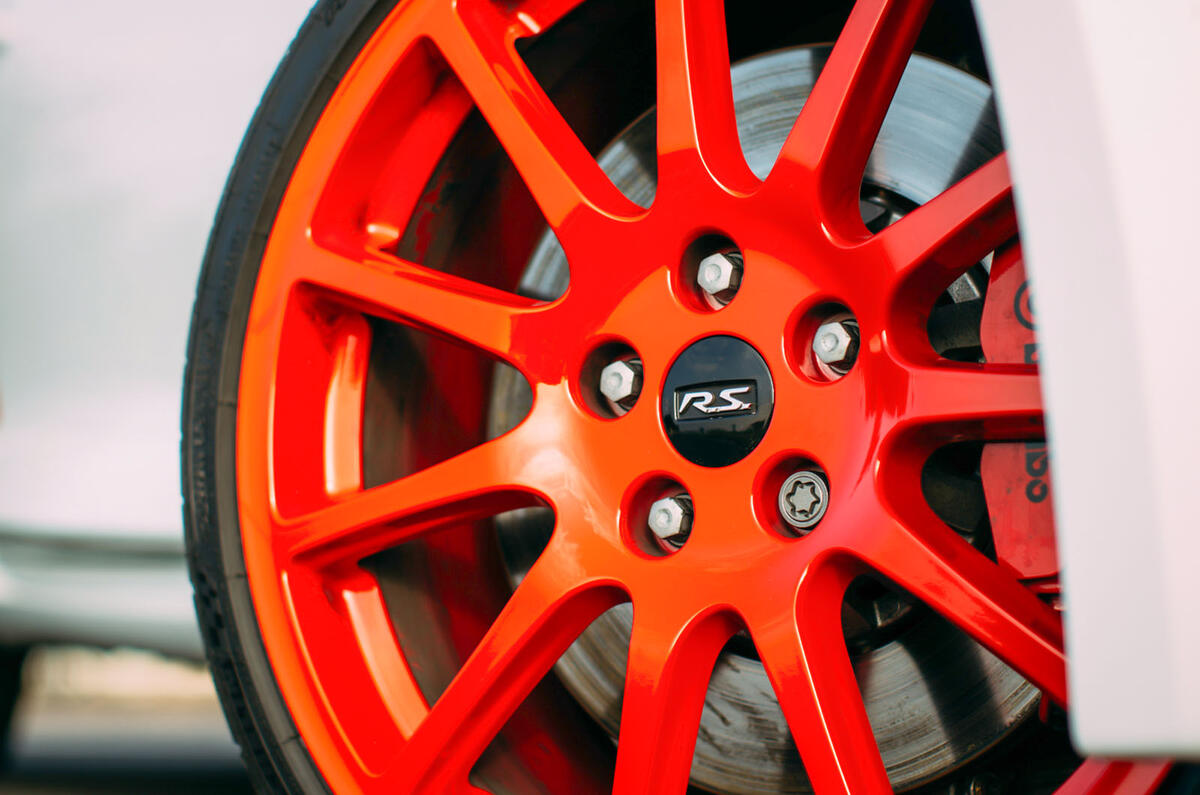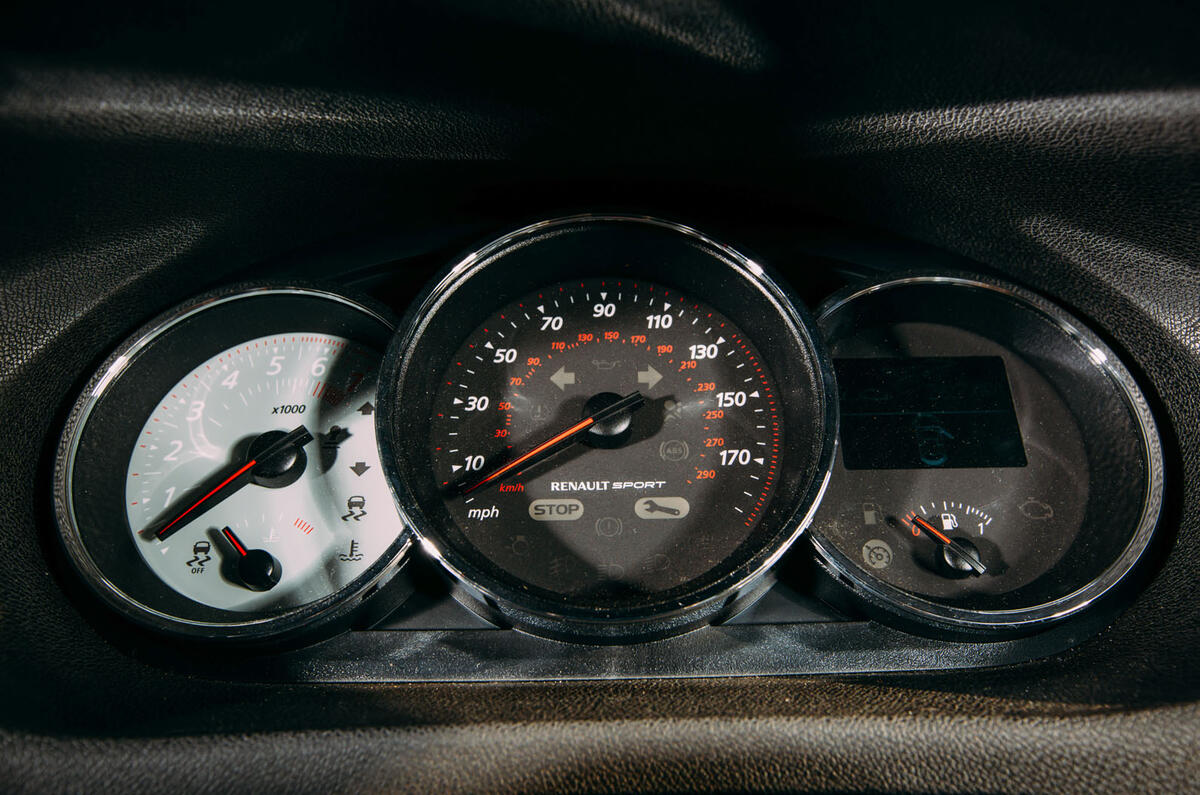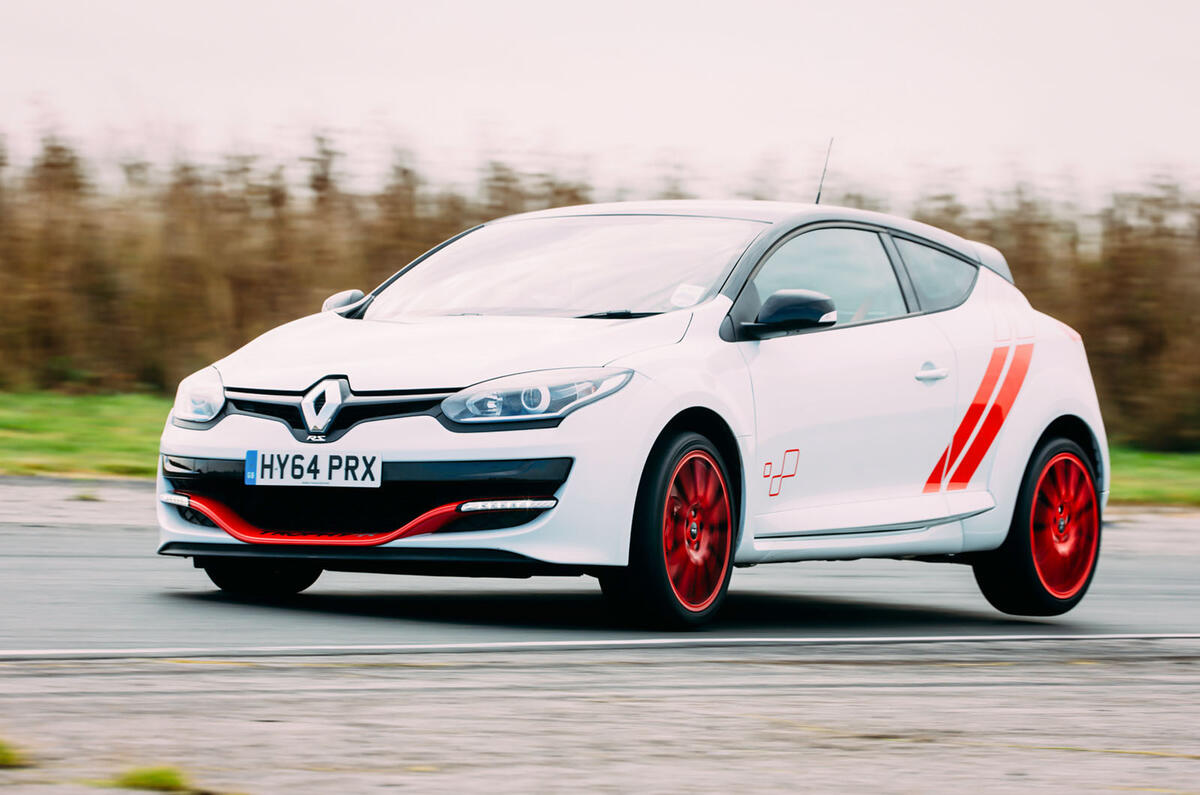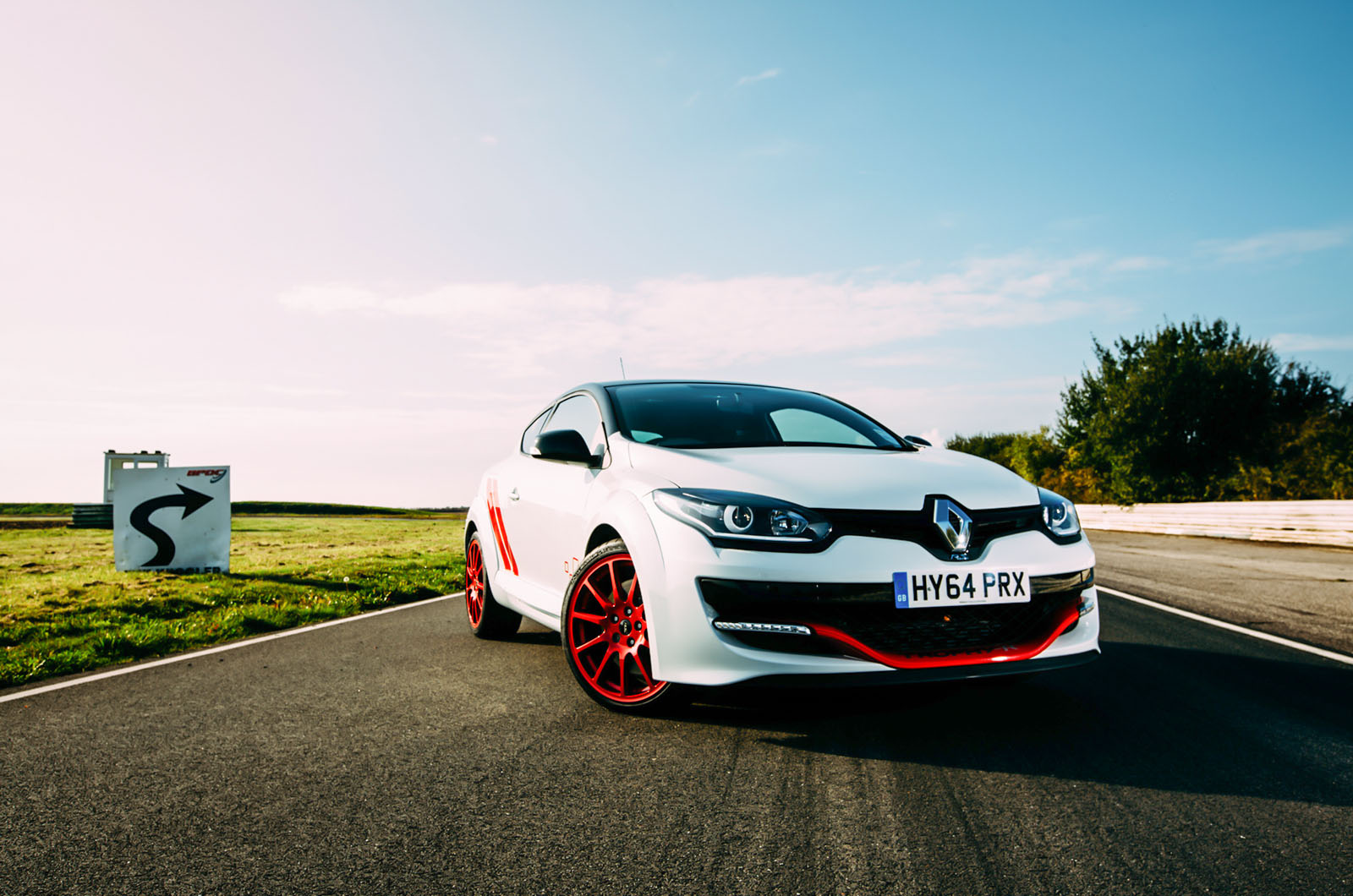Until very recently, introducing a Dieppe-fettled Renault was like announcing a Beatles album in the late 1960s: you just knew that whatever they’d done, it was almost certainly going to be brilliant.
Consequently, the last Renaultsport model that we tested, the Clio 200 Turbo, was a jolt; unwanted proof that the firm’s genius-grade engineers could knock out tepid acceptability if they were made to work with one hand tied behind their back.
This time round, there is no excuse. Limited to a run of just 30 examples in the UK, the Trophy-R is an example of what Renault is prepared to do to a hot hatchback in order to eke out extra performance. Much has been removed in that engineering pilgrimage, and most of what has been added is intended to hone an already razor-sharp chassis.
We already know that the Trophy-R is the quickest front-wheel-drive production car ever to lap the Nürburgring. But has its new go-faster guise taken it beyond the already thoroughly brilliant 275 Trophy in the driver reward stakes? Strap yourself in for the answer.
































































